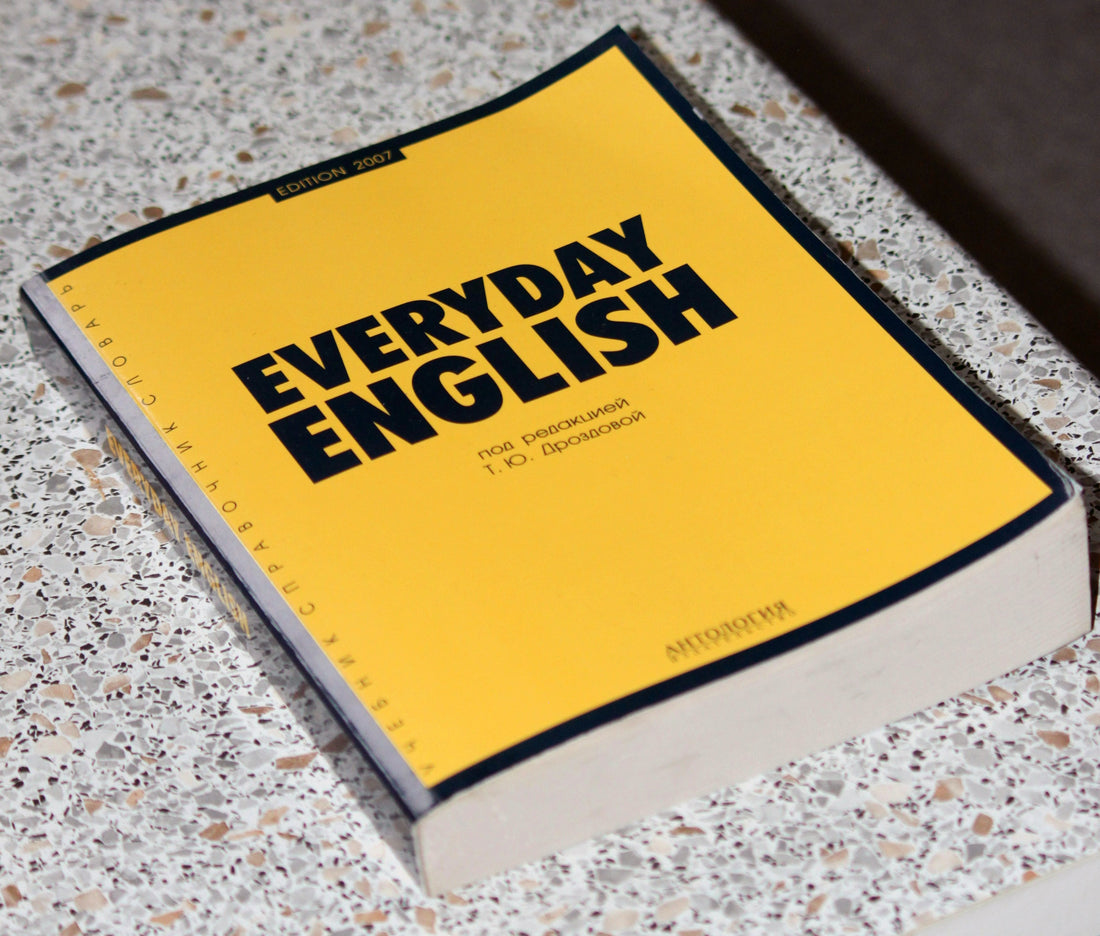In today’s increasingly globalized world, English has become a vital language for communication, making English as a Second Language (ESL) programs essential for students from non-English-speaking backgrounds. These programs are designed to help learners develop proficiency in English so they can succeed academically, socially, and professionally. ESL programs focus on building the core language skills—listening, speaking, reading, and writing—while also offering support to help students integrate into English-speaking environments.
For younger learners, finding engaging, age-appropriate resources is key to fostering both language acquisition and confidence. Simple, interactive tools can make a big difference in helping children feel comfortable with a new language, particularly when they are learning alongside their peers.
The "My Friends and I" book can serve as a valuable tool in an ESL program, especially for young learners who are in the early stages of developing their English skills. Designed with simple, easy-to-understand words and repetitive sentence structures, the book naturally lends itself to the needs of ESL students. Here's how it can be effectively used in such a program:
Fostering Vocabulary and Word Recognition
One of the key challenges for ESL students is building a foundational vocabulary. The "My Friends and I" book is structured around basic, everyday words that are familiar to most children, regardless of their native language. For instance, words related to food, animals, and colors—such as in questions like "What is your favorite food?"—are common nouns that children are likely to encounter in both school and daily life. By engaging with these relatable topics, ESL students can expand their vocabulary in a meaningful way.
The repetitive nature of the questions is especially beneficial because it allows students to see the same words multiple times in different contexts. This repetition helps reinforce word recognition, a core component of sight word learning. For ESL learners, encountering words repeatedly in a familiar format can boost their ability to recall those words and recognize them in future reading activities. Over time, students develop automatic recognition of these words, which is essential for fluency.
Encouraging Reading Comprehension
In an ESL program, comprehension is just as important as word recognition. The simple questions in the "My Friends and I" book, such as “What is your favorite color?” and “What is your favorite animal?”, are easy to understand and answer. Since these questions deal with common topics and require personal responses, they engage students in a way that is relatable to their own experiences. This helps ESL learners not only comprehend the questions but also formulate answers with confidence.
Because the answers are typically one word—like "pizza" for food or "blue" for color—students don’t feel overwhelmed by long sentences or complex grammar. This structure encourages them to participate and share their thoughts without fear of making mistakes. The familiar context makes the comprehension process more intuitive and accessible.
Promoting Speaking and Writing Practice
In an ESL classroom, speaking and writing practice are crucial for language development. The "My Friends and I" book can be used as an interactive tool to encourage both. Teachers can prompt students to read the questions aloud and share their answers with the class. This practice helps improve pronunciation, oral fluency, and builds confidence in speaking English in front of peers.
In terms of writing, students can fill out the book themselves, writing down their responses to the questions. Because the answers are short and straightforward, even beginners can feel successful in completing the activity. This writing exercise allows them to practice forming letters and words, improving their written communication skills.
Building Social Connections
For many ESL students, language learning can be intimidating, particularly if they are new to the school or unfamiliar with English-speaking environments. The "My Friends and I" book creates a fun and non-threatening way for them to engage with their classmates. Since each child fills out the book and shares their answers, it fosters interaction between students, allowing them to learn about each other's interests in a playful setting. This can be particularly beneficial in an ESL program, where social integration is key to feeling comfortable in a new language and culture.
Teachers can use the book as a group activity, encouraging students to ask each other the same questions that are in the book, such as “What is your favorite food?” or “What is your favorite animal?” This peer-to-peer interaction allows ESL students to practice conversational English in a low-pressure environment, helping them develop both their language skills and social bonds.
Adapting to Different Levels
Another advantage of the "My Friends and I" book is its adaptability for different skill levels. For younger or beginner ESL students, teachers can focus on the basic vocabulary and one-word answers. For more advanced students, teachers might expand on the questions, prompting students to write or say more detailed responses, such as explaining why a certain food is their favorite or describing their pet in more detail. This allows the book to grow with the students as their language skills improve, making it a flexible resource for any ESL classroom.
The "My Friends and I" book provides a simple yet powerful way to support ESL learners in building their vocabulary, improving comprehension, practicing speaking and writing, and fostering social connections. Its engaging and relatable content makes language learning enjoyable and accessible for young students.
If you’re looking to bring the ‘My Friends and I’ book into your school, nonprofit, or business, reach out to us for special bulk discount options.
Enjoy our articles?
Photo by Ivan Shilov on Unsplash


